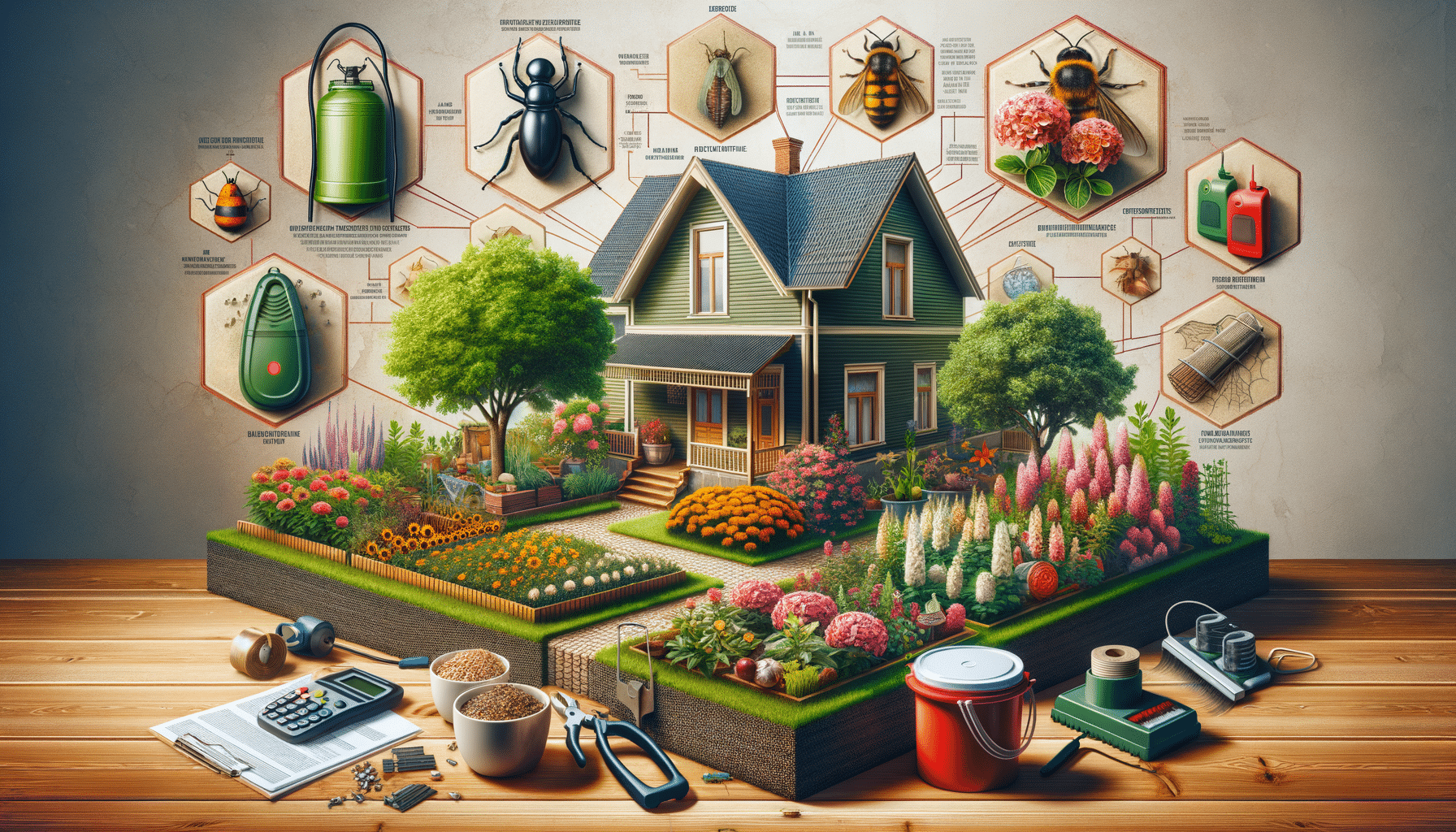
Effective Pest Control: Strategies and Solutions
Introduction to Pest Control
Pest control is an essential aspect of maintaining a healthy and comfortable living environment. Pests such as insects, rodents, and other unwanted organisms can cause significant damage to property and pose health risks to humans and pets. Understanding effective pest control strategies is crucial for preventing infestations and ensuring the safety and well-being of your household.
Various methods are available for controlling pests, ranging from chemical treatments to natural solutions. The choice of method depends on the type of pest, the extent of the infestation, and environmental considerations. In this article, we will explore different pest control strategies, their effectiveness, and how to implement them effectively.
Identifying Common Pests
Before implementing any pest control measures, it’s important to identify the type of pest you’re dealing with. Common household pests include ants, cockroaches, mice, rats, termites, and bed bugs. Each of these pests has unique characteristics and requires specific control methods.
Ants, for example, are attracted to food sources and can quickly become a nuisance in kitchens and pantries. Cockroaches are known for their resilience and ability to thrive in various environments, making them particularly challenging to eliminate. Rodents such as mice and rats not only cause structural damage but also carry diseases that can be harmful to humans.
To effectively identify pests, consider the following:
- Signs of infestation, such as droppings, nests, or chew marks.
- Visual sightings of the pests themselves.
- Unusual sounds or smells that may indicate pest activity.
Accurate identification is the first step in developing an effective pest control plan.
Chemical Pest Control Methods
Chemical pest control methods involve the use of pesticides and insecticides to eliminate pests. These products are designed to target specific pests and are often effective in quickly reducing pest populations. However, it’s important to use chemical treatments responsibly to minimize potential harm to humans, pets, and the environment.
When using chemical pest control methods, consider the following:
- Read and follow the instructions on the product label carefully.
- Use protective gear, such as gloves and masks, to avoid exposure.
- Apply the chemicals in targeted areas to reduce unnecessary environmental impact.
While chemical methods can be effective, they should be used as part of an integrated pest management approach that includes preventive measures and non-chemical solutions.
Natural and Non-Chemical Pest Control Solutions
For those looking for environmentally friendly pest control options, natural and non-chemical solutions offer effective alternatives. These methods focus on prevention and the use of natural substances to deter pests.
Some popular natural pest control methods include:
- Using essential oils, such as peppermint or lavender, to repel insects.
- Implementing physical barriers, like mesh screens, to prevent entry.
- Encouraging natural predators, such as birds or beneficial insects, to control pest populations.
These methods are particularly useful for households with children and pets, as they reduce the risk of exposure to harmful chemicals. Additionally, natural solutions can be more sustainable and environmentally friendly in the long term.
Preventive Measures and Long-Term Strategies
Effective pest control goes beyond immediate solutions and involves implementing preventive measures to reduce the likelihood of future infestations. Long-term strategies focus on maintaining a clean and pest-resistant environment.
Consider the following preventive measures:
- Regularly clean and declutter your home to remove potential hiding spots for pests.
- Seal cracks and crevices in walls, floors, and foundations to prevent entry.
- Store food in airtight containers to eliminate food sources for pests.
By adopting these preventive measures, you can significantly reduce the risk of pest infestations and maintain a healthy living environment. Regular monitoring and maintenance are key components of a successful pest control strategy.
Conclusion: Achieving a Pest-Free Environment
In conclusion, effective pest control requires a combination of identification, treatment, and prevention strategies. By understanding the types of pests you may encounter and implementing appropriate control measures, you can protect your home and family from the risks associated with pest infestations.
Whether you choose chemical treatments, natural solutions, or a combination of both, it’s important to stay informed and proactive in your approach. Regular maintenance and preventive measures will help ensure a pest-free environment, allowing you to enjoy a comfortable and healthy home.


